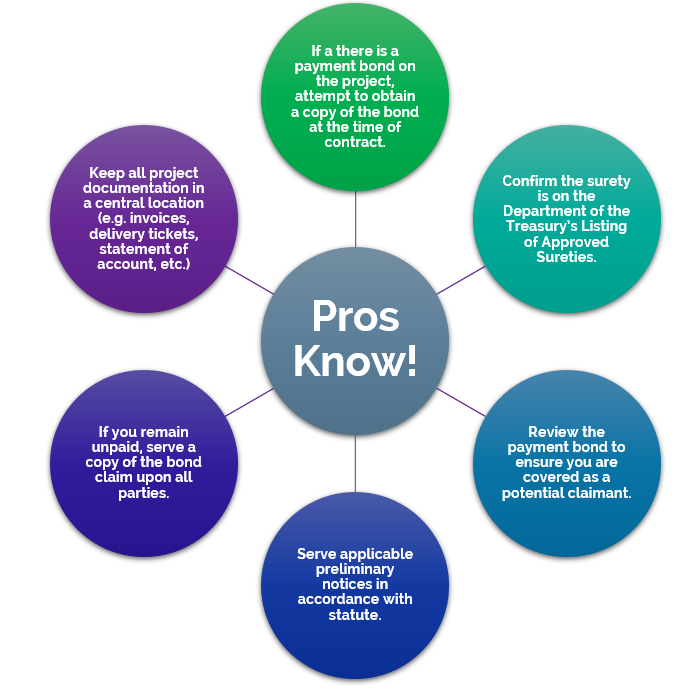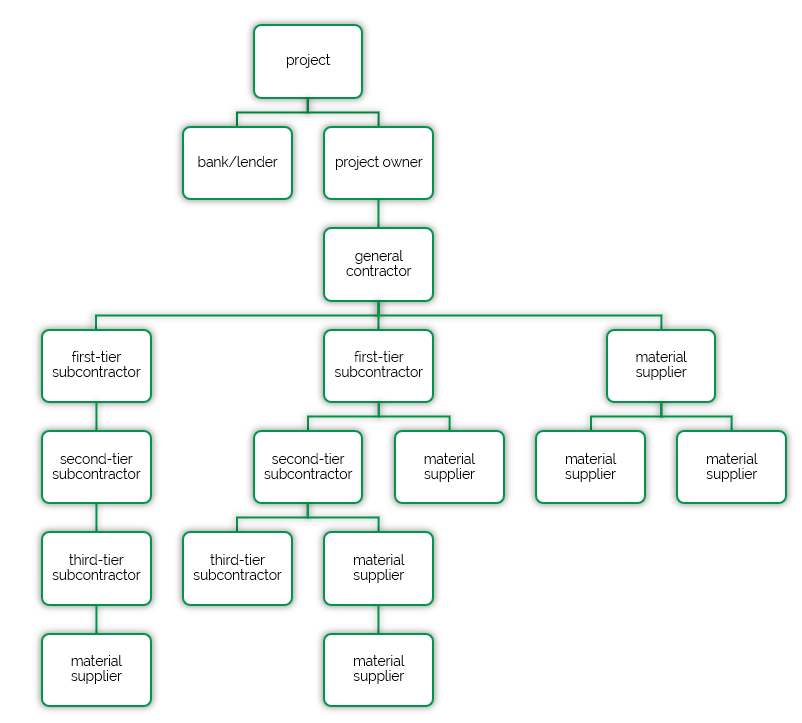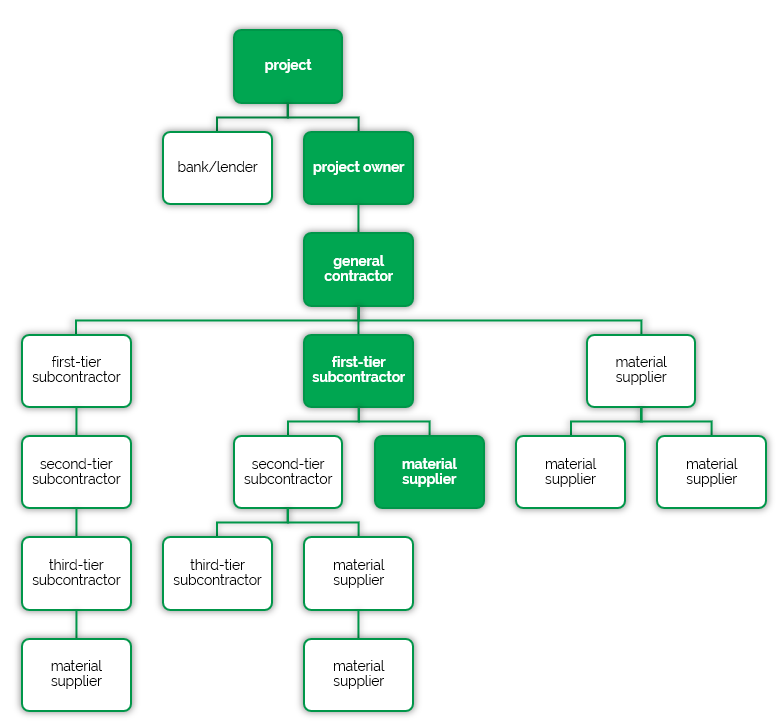
Arkansas Mechanic’s Liens: You Can’t Lien a Property You Didn’t Improve
Turns out, if you want to secure a mechanic’s lien in Arkansas, the lien must be filed against property you improved. Kind of feels like a face-palm moment, right?
I know what you are thinking “Kristin, of course I can’t file a lien against a property if I didn’t furnish to the property.” So, let me clarify, if the property owner has multiple parcels of land, you need to specify which parcel is related to the improvement. Identifying the wrong parcel, as one supplier has learned, can result in an invalid lien.
Steps to Securing Lien Rights in Arkansas
Commercial projects and residential projects are treated differently in Arkansas.
Residential Notice:
- Include notice in contract or serve residential notice upon the owner before first furnishing materials or services. (The notice may be served after furnishing, but the lien, when later filed, will only be effective from the date the notice was served.)
- A residential contractor who fails to give the notice may be fined up to $1,000.00, and is barred from bringing an action to enforce any provision of the residential contract.
- No residential notice is required when:
- the notice is incorporated within your contract,
- the prime contractor or another lien claimant has served the notice upon the owner,
- the prime contractor furnishes a payment and performance bond, or
- you contract directly with the owner, to provide materials or services, but you are not a home improvement contractor or a residential building contractor.
Commercial and Residential (with more than 4 units):
- Serve notice of non-payment upon the owner and prime contractor after last furnishing materials or services, but within 75 days from last furnishing materials or services.
- The 75-day notice is not required of prime contractors contracting directly with the owner.
In Arkansas, the mechanic’s lien for commercial and residential projects is a two part process: notice of intent followed by the filing of the lien.
- Serve a notice of intent upon the owner at least 10 days prior to filing the lien.
- File the lien after last furnishing materials or services, but within 120 days from last furnishing materials or services.
- Serve a copy of the lien upon the owner.
- If the notice of intent cannot be served within the 10-Day time frame, file the lien and suit to enforce the lien within 120 days from last furnishing materials or services, requesting both the lien and foreclosure.
This Is for the Birds, or Is It?
According to the court opinion, the property owner had at least 5 parcels of land. The owner’s home & a barn were on one of the parcels, and the subsequent parcels held several poultry houses. [The home & barn were at 20190 Garman Road and the poultry houses were at 20178 Garman Road.]
The HVAC materials furnished by the supplier were for the improvement of two poultry houses. When the supplier filed its lien, the supplier included a legal description of the property. But the legal description was for the parcel that held the house & barn [20190 Garman Road], not the parcel with the two poultry houses [20178 Garman Road].
Arkansas statute specifically states “the lien shall contain a correct description of the property to be charged with the lien.” A.C.A. § 18-44-117 In this case, the supplier clearly identified the wrong property in its lien.
In his article Construction Law in Arkansas: Construction Lien Filings and Property Descriptions – Sometimes Less Is More, author Larry Watkins leaves us with great advice:
“… if you provide a detailed real property description, make sure it describes the construction site where the materials or labor were provided. Remember that for describing property for lien filing purposes, general may be better than specific, and, sometimes, less is more.”
Need help securing your mechanic’s lien rights in Arkansas? Contact us today!















